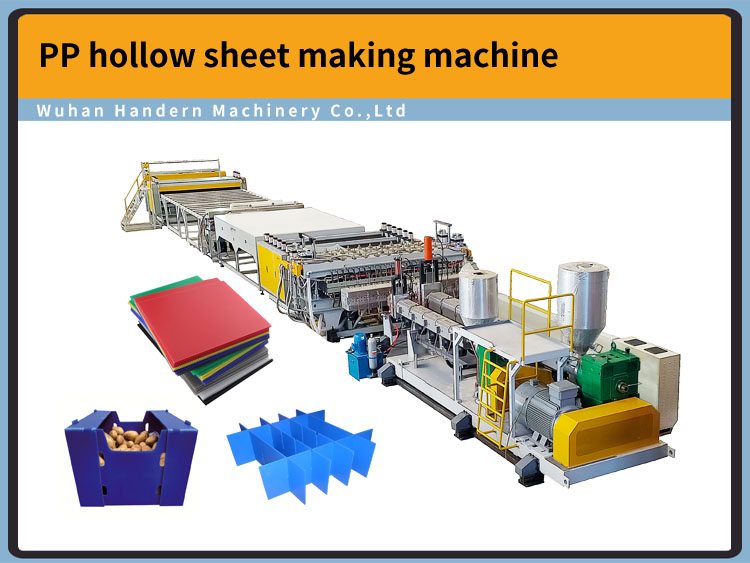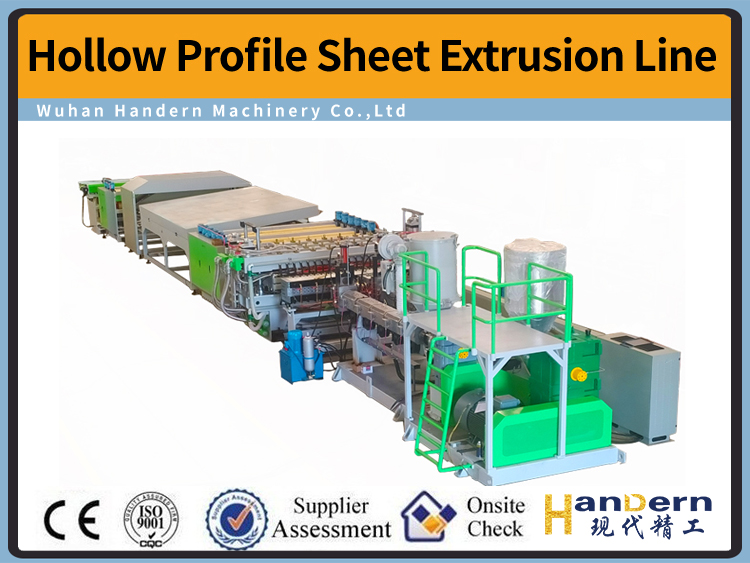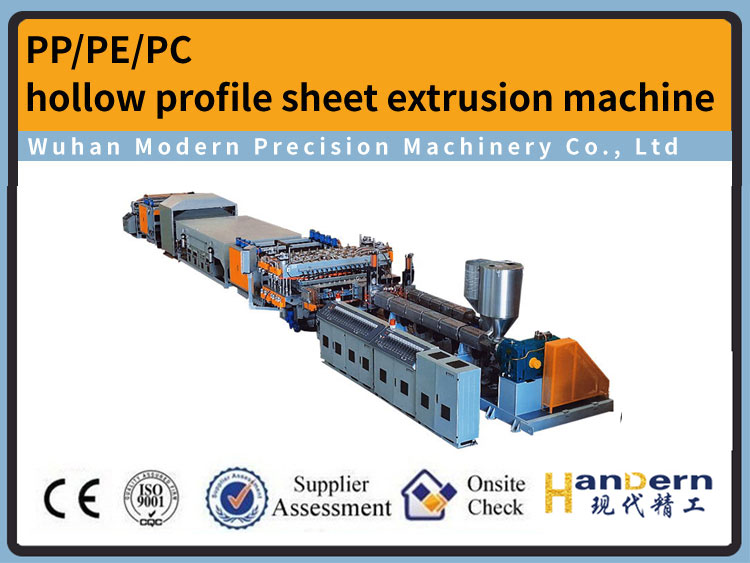Moulding of polyurethane foam
DATE:2022/5/10 8:42:16 / READ: / SOURCE:This station
Moulding of polyurethane foam
The molding process of polyurethane foam and the preparation stage of raw materials are basically the same as that of block foam. The difference is that the mixed liquid is directly poured into the mold cavity during the molding process, and the foaming molding process is carried out during the molding process. The foaming products are finished products rather than semi-finished products. The molding process is shown in Figure 7-21. Compared with the block foam foaming process, it does not need post cutting agent processing, has less edge skin loss and high labor productivity, which is conducive to automatic production, especially for products with large batch and complex shape, with low manufacturing cost and rapid development in recent years. The production process is shown in Figure 7-22. Foamed molded products can be divided into free foaming (or thermomolding foaming) and structural foaming (or crust foaming or whole skin foaming) molded products according to different surface quality. Although the former kind of cortex is flat, it is not smooth, and the cortex is very thin. It is a leather surface. The molding process of these two kinds of molded foam products will be introduced. The layer is flattened after foaming; The latter is to change the raw material formula or molding process conditions so that the material of the skin will not foam in the foaming process, so the product skin is smooth and flat. Hollow board production line www.handern.com comIt can not only shorten the forming and curing time, but also obtain a higher compression load value. Fang Zhong, Most of the polymers used are high activity polymers (i.e. the formula of polyrandom plastic foaming process with high primary hydroxyl content is basically the same as that described above, but the second molding is carried out after the polyether mold assembly is coated with release agent. General control principle. The optimal selection of formula must be changed according to the specific situation. The following is the loss caused by the selection and quantity of some raw materials. ① as the material needs to be filled into each part of the mold during molding, it is necessary to control the material to have a good difference in its solidification speed and foaming speed To ensure the fluidity of materials. This usually controls the dosage ratio of organotin and amine catalysts. In addition, in order to improve the fluidity of materials, polyether diol or high molecular weight polyether triol can also be mixed in the formula to achieve the balance between foaming speed and solidification speed. ② In order to stabilize the material foam in the non solidification state during the mold filling process, the amount of foam stabilizer can be appropriately increased or high-efficiency foam stabilizer can be selected.
③ If the TDI index is too low, the compression setting performance will become worse. When the TDI index is >110%, it will cause the foam to become porous, and at the same time, it will cause the deformation of the connected stationery. The direct dosage of chloroform is less than 32kg / m. The dosage of catalyst and foam stabilizer is increased to provide effective and good pore process. The operation control of light molded foam plastic is as follows: ① large molds need to inject materials at different parts at the same time. Generally, the volume of materials is controlled to be 1/30 of the final foam volume. Head closing is an inter operation, which needs to be closed and cleared each time to remove the post ③ the slide valve device at the mixing head needs to be properly controlled to ensure the accurate closing of materials ④ the injection amount of each the first mock examination of the mold should be slightly greater than the weight of the product, which is generally controlled in excess to ensure that the mold is full. ⑤ The floating of the mold or the weight of the top cover shall be appropriate. If it is too light, it will be made when the mold is not filled. ⑥ the mold must have a smooth exhaust hole. When it is jacked up by foaming material, if it is too heavy, the back pressure of foam will be too high, resulting in closed cell and larger product stiffness. ⑦ Polyurethane has strong adhesion, and suitable release agent can be used. For example, the solution or water lotion of high soldering point effect wax, as well as polyethylene dispersion, can also use long-term mold treatment agents, such as various silicon, fluororesin, etc. ⑧ During curing, the mold needs to be heated to temperature within 1min to supplement the heat loss on the mold surface. However, if it is too fast, it will cause partial bubble collapse and die sticking. If it is too slow, it will affect the ripening, make it difficult to demould, and affect the compression and setting performance of the product. For rigid polyurethane foam, the mold shall be controlled at 40~60 ℃. ⑨ During the injection foaming process of rigid polyurethane foam, the foaming pressure changes at any time. There are many factors affecting the foaming pressure. For example, the foaming pressure of aromatic polyether is higher than that of aliphatic polyether. When the hydroxyl value of polyol is equal, the varieties with high number of functional groups have higher foaming pressure; The one-step foaming pressure of coarse MDI is greater than that of prepolymer prepared by TDI; The foaming pressure increases with the increase of the amount of enhancer; The mold temperature is low, the foaming pressure is small, otherwise, the pressure increases; The larger the product, the higher the foaming pressure; When the same amount of raw materials are injected at one time, the foaming pressure is high, and the foaming pressure is small when injected multiple times. Hollow board production line www.handern.com com
In addition, adding a small amount of acidic substances to the reaction solution can reduce the foaming pressure. However, it should also be noted that if the foaming pressure is too low, there will be product shrinkage, surface application, poor aging performance, skin thickness and cell quality. The whole thermoforming foaming cycle takes about 20min, and the energy consumption is large, resulting in equipment and molding defects. The cost of equipment is high. In recent years, the cold molding process has been developed, which not only saves energy, but also improves the production efficiency of resilient flexible foam and reduces the cost (non-metallic mold can be used). At present, it has been successfully used in (2) molding the soft foam obtained by the above method. The skin of the molded product is thin, and it must be covered with PVC and other skin materials when used. Therefore, the whole skin molding has been developed. This process can make the low-density central foam structure and the high-density smooth skin form at the same time. Typical whole skin molding foaming process: mold preparation - injection molding - pre cured product demoulding finished product - painting and repair - product cleaning - post curing + typical foaming formula of whole skin molding. Carbon dioxide generated by the reaction of isocyanate and water is not used as the gas source, but only external foaming agent fluorohydrocarbon is used as the foaming gas source. This is to keep the epidermis smooth without pores. However, due to the lack of urea group in the molecular chain and the absence of water in the formula, the strength and stiffness of the chain link will be reduced. In order to make up for this defect, aromatic diamines, short chain diols or other low molecular crosslinking agents are generally added in the formula, and MDI is also used to replace TDI to increase the proportion of rigid links to improve the strength. Hollow board production line www.handern.com com
Author:admin




